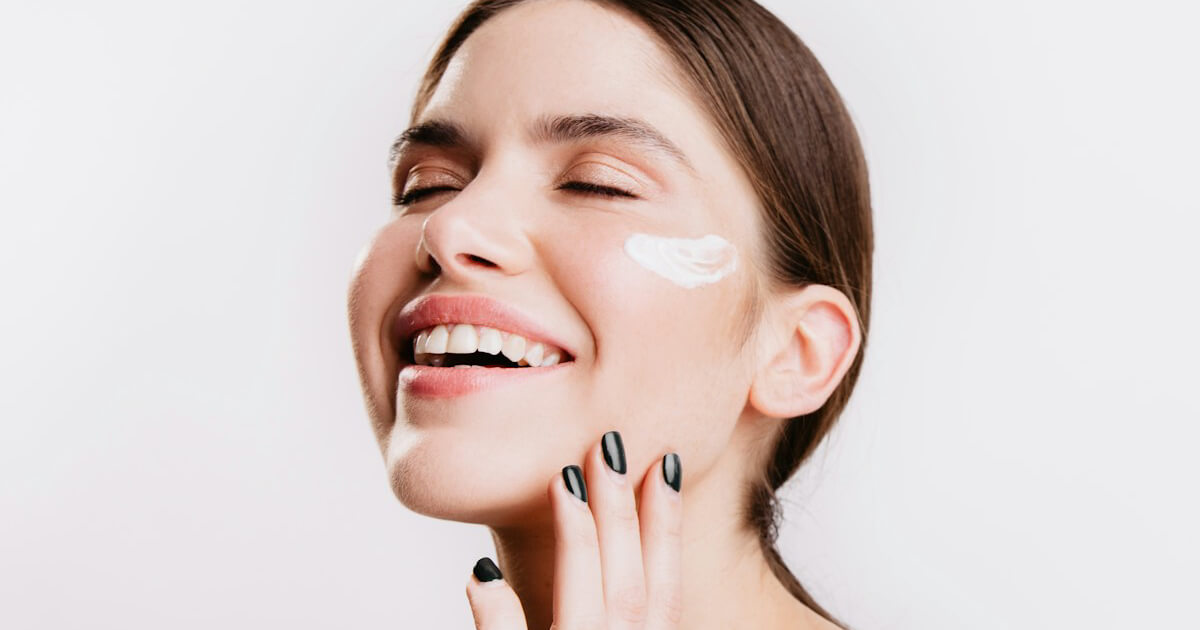For the longest time, I believed skincare was all about what I put on my face. A good moisturizer, the right serum, maybe even a weekly mask — I thought that was the secret to a healthy glow. But over time I started to notice something strange. No matter what product I tried, my skin still felt unpredictable. Some days it looked radiant, other days tired and dull, and sometimes I would break out like I was a teenager again.
It wasn’t until I began learning about hormones that everything started to make sense. Our skin, as I’ve come to realize, is a mirror of what’s happening inside our bodies. Hormones are those invisible messengers that control so much — energy, mood, sleep, and yes, the look and feel of our skin. When they are balanced, skin feels firmer, smoother, and naturally more vibrant. When they’re out of balance, it shows quickly — in dryness, breakouts, redness, or even faster aging. If you’re curious about the early warning signs your body might be giving you, I share more on this in my article on 5 Signs Your Hormones Are Out of Balance.
When Stress Shows on Your Skin
I saw this in my own life during a particularly stressful period. My cortisol levels must have been sky-high, because my skin reacted immediately. It became inflamed, uneven, and no cream seemed to calm it down. Later, I learned that stress hormones actually break down collagen and can trigger excess oil production — no wonder my skin looked so unsettled.
On the other hand, when estrogen and growth hormone are at healthy levels, they keep skin plump, hydrated, and capable of repairing itself while we sleep. That’s why restful nights, balanced nutrition, and gentle self-care routines really do make such a difference. Stress doesn’t just affect your mood — it affects your hormones too. You can read more about how food and lifestyle choices can support balance in my post on Nutrition and Hormones.
Finding Balance from Within
Little by little, I started to change my habits. I made sleep a priority, even if that meant saying no to late-night scrolling. I added more healthy fats and greens to my meals, and I found simple ways to manage stress, like taking daily walks and journaling. Over time, my skin began to respond — not overnight, but gradually, in ways I couldn’t ignore. It looked calmer, brighter, and more resilient, without me switching to some fancy new product.
Of course, I still enjoy skincare products, and they do have their place. But what I’ve learned is that balance starts from within. If hormones are struggling, your skin will let you know. Small changes really do add up — and in my guide on Nutrition and Hormones, I dive deeper into which foods can gently support your hormone health and your skin at the same time.
The connection between hormones and skin is a reminder that beauty isn’t just about the surface. It’s about listening to your body, creating balance, and letting that harmony shine through in your complexion. If your skin feels different lately, it may not be about the products at all. Sometimes it’s your body asking for balance — and that’s why I always recommend starting with understanding the signs of hormone imbalance before reaching for another cream.
When your hormones are cared for, your skin can truly reflect the vibrant, confident woman you are at every stage of life.
The connection between hormones and skin is a reminder that beauty isn’t just about the surface. It’s about listening to your body, creating balance, and letting that harmony shine through in your complexion. When your hormones are cared for, your skin can truly reflect the vibrant, confident woman you are at every stage of life.




